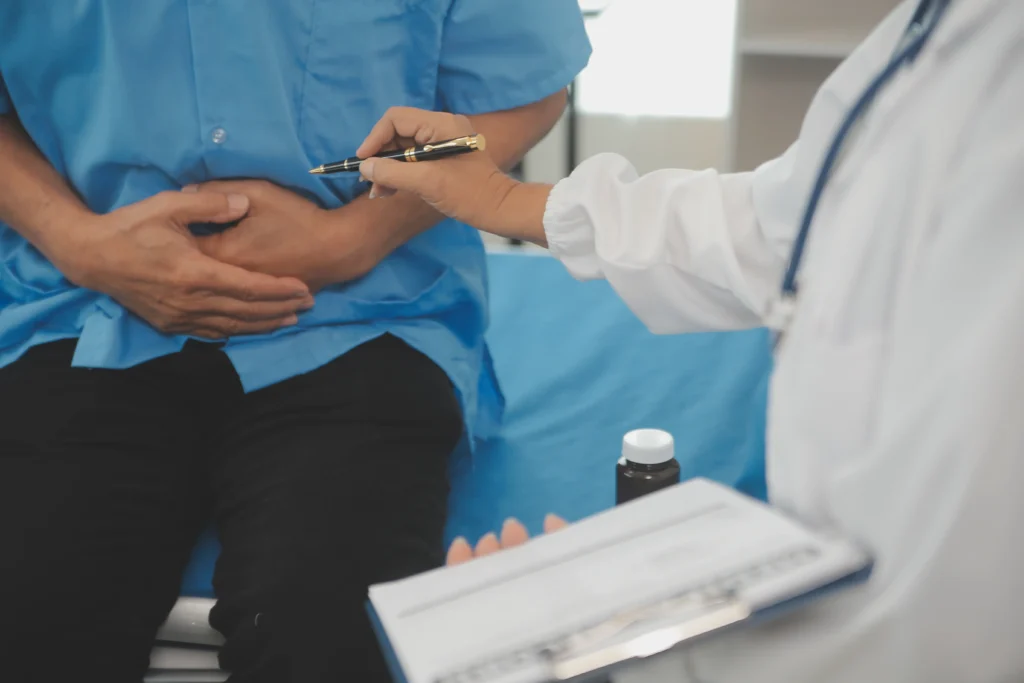Upper GI Endoscopy, also known as Esophagogastroduodenoscopy (EGD), is a diagnostic procedure that allows doctors to examine the upper digestive system, including the esophagus, stomach, and the beginning of the small intestine (duodenum). Using a flexible tube equipped with a camera, this procedure provides clear visuals of your upper digestive tract, helping identify any abnormalities.

Upper GI Endoscopy is a powerful diagnostic procedure that can identify issues such as ulcers, inflammation, bleeding, abnormal growths, or blockages. For patients with pancreatic diseases, it’s particularly useful in detecting related symptoms or complications, including jaundice, severe pain, or chronic nausea. Early detection allows for timely treatment and improved management of disease symptoms.
Upper GI Endoscopy is used when patients experience symptoms like persistent heartburn, difficulty swallowing, unexplained weight loss, or ongoing digestive discomfort. It is also used to follow up on abnormal imaging results, monitor pre-existing conditions, or assess the impact of pancreatic disease on the upper GI tract.
Preparing for GI Endoscopy is simple but important. You may need to fast before endoscopy (avoid food and drinks) for 6-8 hours. Specific endoscopy instructions will be provided by your doctor, especially if you are on medication or have other health conditions. Inform your doctor about any allergies, sensitivities to anesthesia, and digestive health preparation.
Sign up for free and stay up to date on research advancements, health tips, current health topics, and expertise on managing health.
During the procedure, a sedative is typically given to ensure comfort during digestive tract examination. A thin, flexible tube with a tiny camera is gently guided down the throat, allowing the doctor to view and assess the digestive tract. The upper GI endoscopy process is quick, usually taking 15-30 minutes, and patients often feel minimal discomfort.
Upper GI Endoscopy recovery time is generally quick, with most patients resuming normal activities within a few hours. A mild sore throat or bloating is common but subsides quickly. For patients with pancreatic disease, your doctor may discuss any specific recommendations based on your condition.
Upper GI Endoscopy is considered safe, but as with any procedure, there are some risks, including potential bleeding, infection, or reaction to anesthesia. Your healthcare provider will discuss these risks with you beforehand to ensure the safety of endoscopy and digestive health risks.
Dr. Jonathan Erlich is a highly trained gastroenterologist with extensive experience diagnosing and treating patients with Hepatitis C. Call (773) 631-2728 to request an appointment or fill in the form below.
7447 W Talcott,
Suite 209
Chicago, IL 60631
(773) 631-2728
(872) 328-4880
Or click on the link below to fill out the form.
Monday to Friday between 8.00 a.m. and 5.00 p.m. (CET)